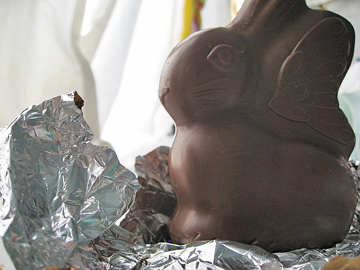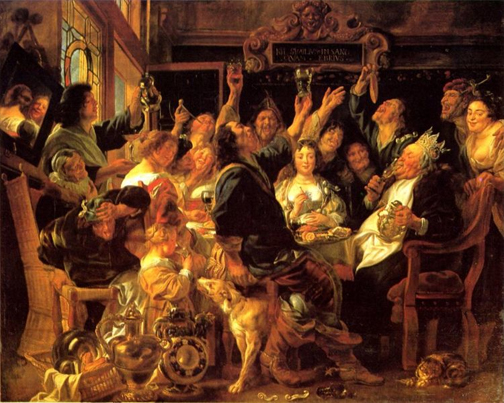Warning: The following contains information that may be disturbing to chocolate-lovers. Reader discretion is advised.
I hate to break it to you just as you nibble on your chocolate Easter bunny’s ear, but we’ve been misled.
Happily and willingly misled, but misled nonetheless.
 Those expensive, for-adult-consumption-only Easter eggs you stashed out of the kids’ reach? They aren’t going to keep your teeth from falling out.
Those expensive, for-adult-consumption-only Easter eggs you stashed out of the kids’ reach? They aren’t going to keep your teeth from falling out.
The dark chocolate bunny (85 per cent cocoa) you selected—expressly, I know—to help stave off the heart disease that lurks in your DNA? It won’t.
Neither will it help you out-debate your belligerent brother-in-law at the festive table this evening, nor remember the names of his three—or was that five?—ex-wives and their abundant broods that he’s invited along.
I’m sorry.
For two decades, we’ve heard that the taste-good, feel-good, go-to food we turn to for a legal dopamine fix when our bosses, brothers-in-law and kids infuriate us can help keep us healthy. Popular media celebrated every study that hinted at links between chocolate consumption and decreased tooth decay, improved memory, improved circulation, decreased risk of heart disease and strokes, lower body mass index, and so on.
The reports provided hope—and justification for indulging…..
Read the rest of this editorial at the Victoria Times Colonist….




